As Hippocrates, the father of medicine, already stated ca. 460 BC, …”Let food be thy medicine and thy medicine your food”… our health is directly related to the food we consume!
This raises up the question, what shall we eat to be healthy?
The WHO (World Health Organization of the United Nations) emphasizes the importance of eating fruits, vegetables and legumes, and to restrict consumption of free sugars, trans-fats and salt.1
Importantly, it points out that diets evolve over time, being influenced by social and economic aspects including cultural traditions, individual beliefs and preferences, food prices and environmental factors.1 Therefore, an ideal diet can only be established inside the local contexts, meaning that there is a huge diversity of diets.

In recent years, the awareness regarding a sustainable way of eating has increased.
For FAO (Food and Agriculture Organization of the United Nations) …”sustainable diets are diets with low environmental impact which contribute to food and nutrition security and to healthy life for present and future generations. Sustainable diets are protective and respectful of biodiversity and ecosystems, culturally acceptable, accessible, economically fair and affordable; nutritionally adequate, safe and healthy; while optimizing natural and human resources.”…2
So, sustainable diets are healthy diets for which the economic, social and environmental aspects are taken in consideration, right?
A nice way of looking at the relationship between the nutritional value of food and its environmental impact is the double food and environmental pyramid model developed by the Barilla Center of Food and Nutrition and adapted to the Italian Mediterranean diet. For example, animal products that have a high environmental impact (bottom of the environmental pyramid) are recommended to be consumed in low amounts (top of the food pyramid) and fruits and vegetables that have a low environmental impact (top of the environmental pyramid) are recommended to be consume in high amounts (bottom of the food pyramid).
Of course, all of this has to considered within the local context. If you live in north Canada as Inuit do, you might not be able to eat lots of fresh fruits and vegetables and you probably get high quantities of animal products, and that is ok! In fact, for centuries, we all have adapted to our local conditions by eating mostly local food.

And very importantly, we shall not all eat the same to be healthy. For example, indigenous people inside the amazon don’t need wheat as a source of carbohydrates as they have manioc, they don’t need olive oil as they have other sources of healthy fats (e.g. sacha ichi, Brazilian nut, macambo), they don’t need salmon as they have paiche. Wouldn’t you agree?
And we are not saying we should eat strictly local food but, if we prefer it on regular basis, we support the local economy, preserve local traditions and protect local environments.
A very interesting article presented in the National Geographic magazine shows the evolution of diets and how similar or diverse these are in different countries. Really worth seeing.
According to FAO, diets that are healthy and sustainable have the following characteristics:2
- diverse (a wide variety of food)
- balance between energy intake and energy needs (or eat what the body needs)
- based on minimally processesed tubers and whole grains; legumes; fruits and vegetables – particularly those “robust” (or less prone to spoilage) and those which require less of rapid and more energy-intensive transport. Meat, if eaten, in moderate quantities – and all animal parts consumed
- eat in moderation: dairy products or alternatives (e.g. fortified milk substitutes and other food rich in calcium and micronutrients)
- unsalted seeds and nuts
- small quantities of fishand aquatic products sourced from certified fisheries
- very limited consumption of food high in fat, sugar or salt and low in micronutrients (e.g. crisps, confectionery, sugary drinks)
- oils and fats with a beneficial omega 3-6 ratio such as rapeseed, olive oil, avocado oil (and others)
- tap water in preference to other beverages.
In fact, these characteristics can be adapted to all diets, don’t you think?
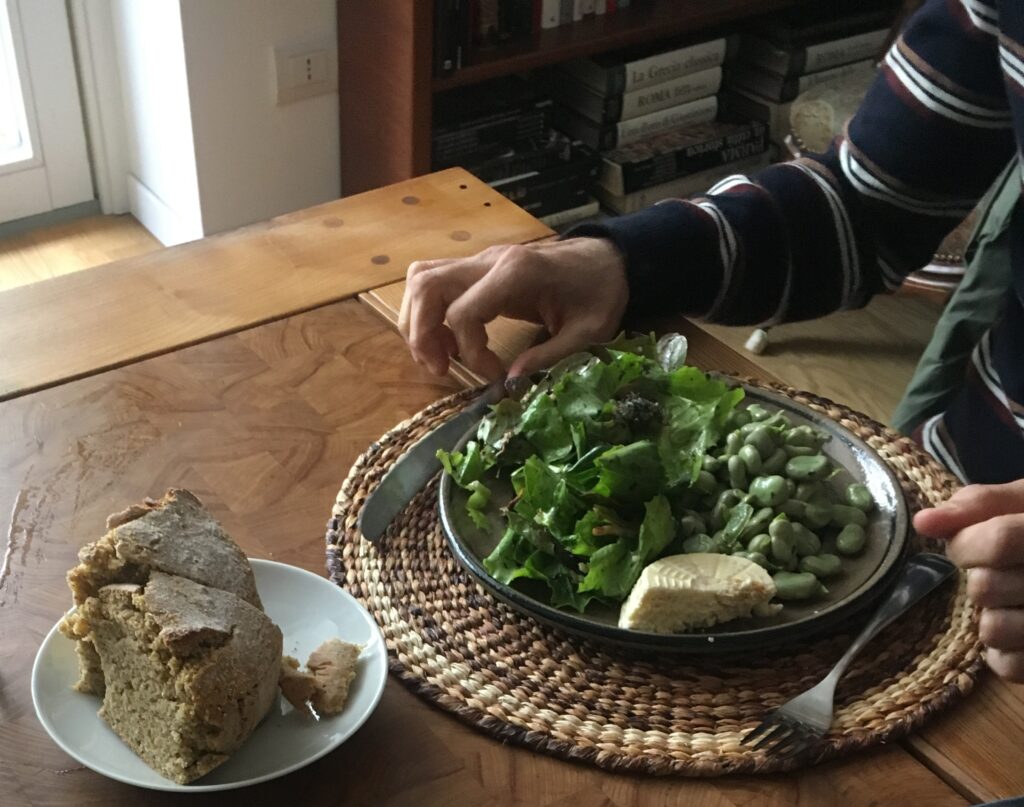
But let’s wait a second, before industrialization and globalization, weren’t these characteristics followed by most cultures? It might be wise to look back and retake some food habits practiced by older generations.
A practical example of a healthy and sustainable dish has recently been presented in the study of the EAT-Lancet Commission.3 Worth seeing!
Why is diversity so important?
The diversity of diets is not only key for protecting the loss of biodiversity (i.e. genetic, species and ecosystem diversity4) and environment degradation but to preserve human food cultural knowledge as well.
Keep in mind that diversified varieties, cultivars, and breeds of the same food have different nutritional content.4
Since the beginning of agriculture (ca. 12000 years ago), we have faced a dramatic loss of plant and animal species used by humans as food. For example in Thailand, from the 16,000 varieties of rice traditionally cultured, today, only 37 are being cultivated.4
Not all of us should be eating the same things. Local traditions need to be preserved for our health and for the health of our planet!

Recently, a scientific study has quantified the mass of life on earth (biomass) and has shown that within the animal kingdom (0.4% of the entire biomass), there are many more humans than wild animals and that there is around 40% more livestock than humans.5 This is crazy!
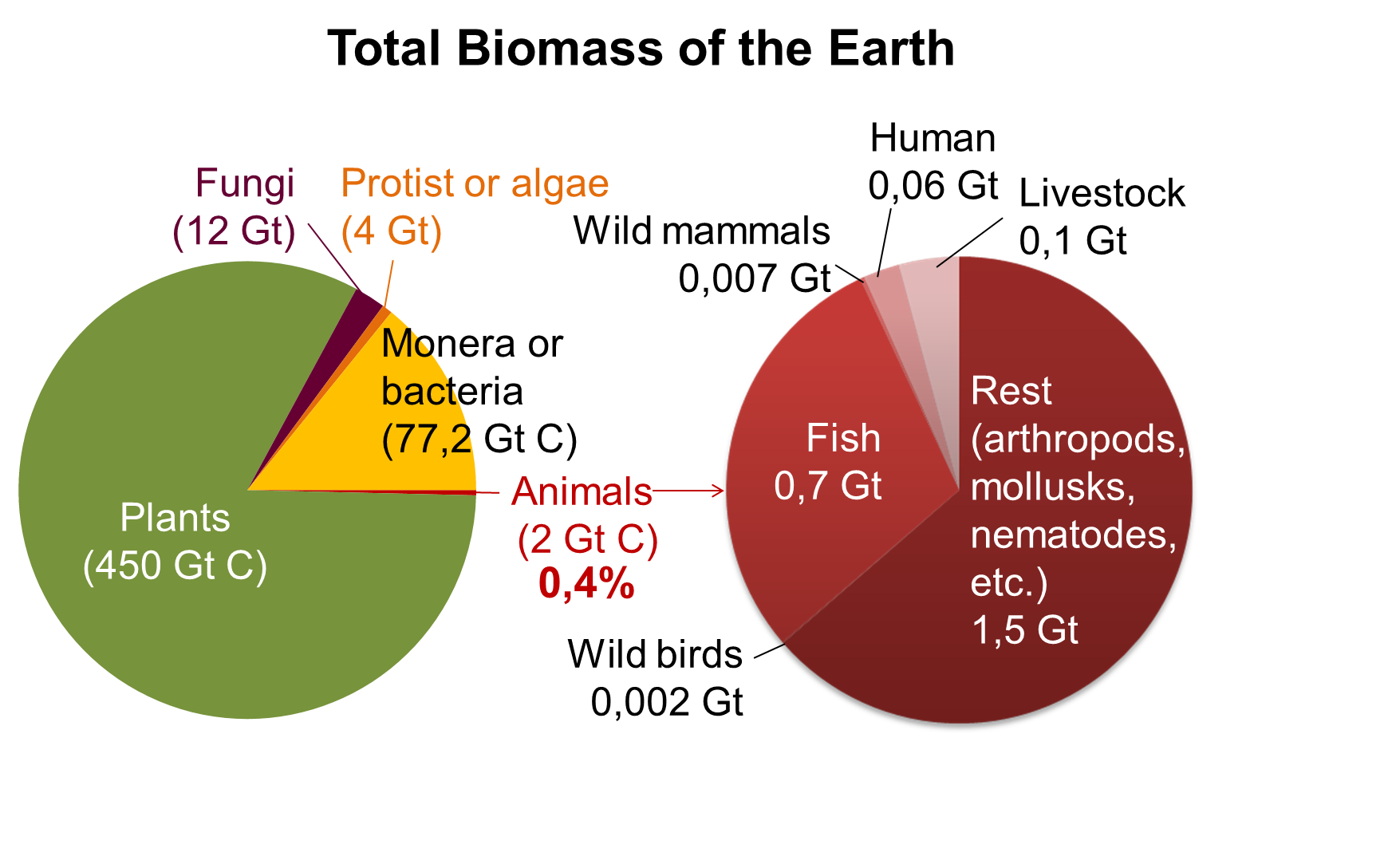
1 Gt = 1000000000000 kg
Source: PNAS, 2018. Nar-On, Y.M., et al. The biomass distribution on Earth.
Accrording to FAO, countries, communities and cultures maintaining their traditional food systems not only conserve their local food specialties with the corresponding diversity of crops and animal breeds but are also less likely to suffer diet-related-diseases.4
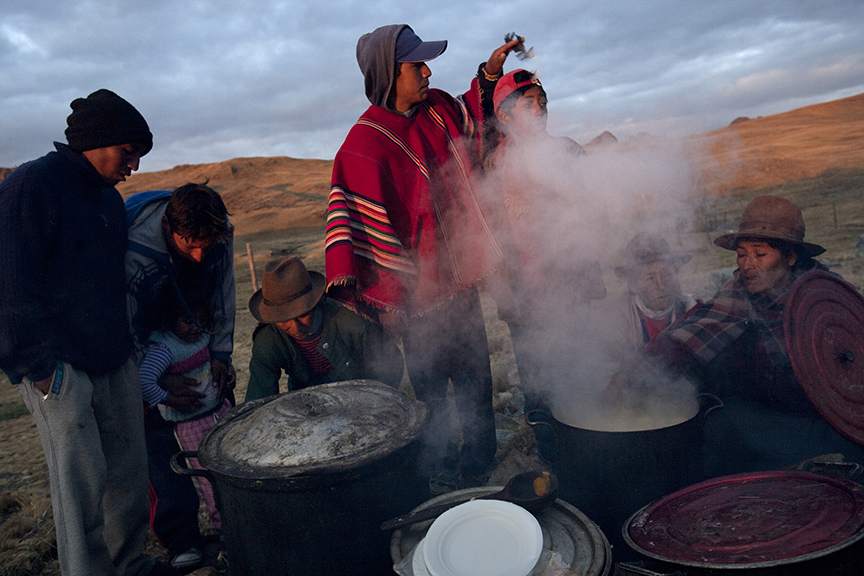
A great scientific work safeguarding agricultural and tree diversity to achieve a sustainable global food and nutrition security is being performed by Biodiversity International. One recent publication has shown that a great diversity of cultivated vegetable species (1097) still exist around the world – some of which could have the potential for a widespread diffusion, and many others could fulfil important roles in nutrition at the local context.6
Also, a nice photographic social study performed by Peter Menzel and Faith D’Aluisio is presented in several books that can be viewed online. They show photos and information about food habits and traditions of people around the world. Really worth looking!
Why are we losing traditional food heritage?
…”Globalization, industrial development, population increase and urbanization have changed patterns of food production and consumption affecting deeply ecosystems and human diets”…4
For different reasons, the global market requires high yields of some foods to be commercialized around the globe at a low price. This need has pushed agriculture towards intensive farming and the cultivation of big areas of monocultures and livestock. The abundance of these “cheap” global foods (cheaper than locally produced foods) has simplified diets and damaged the ecosystem (intensive-use fertilizers, pesticides, antibiotics, deforestation, etc.). We will talk more about this topic, so stay tuned!
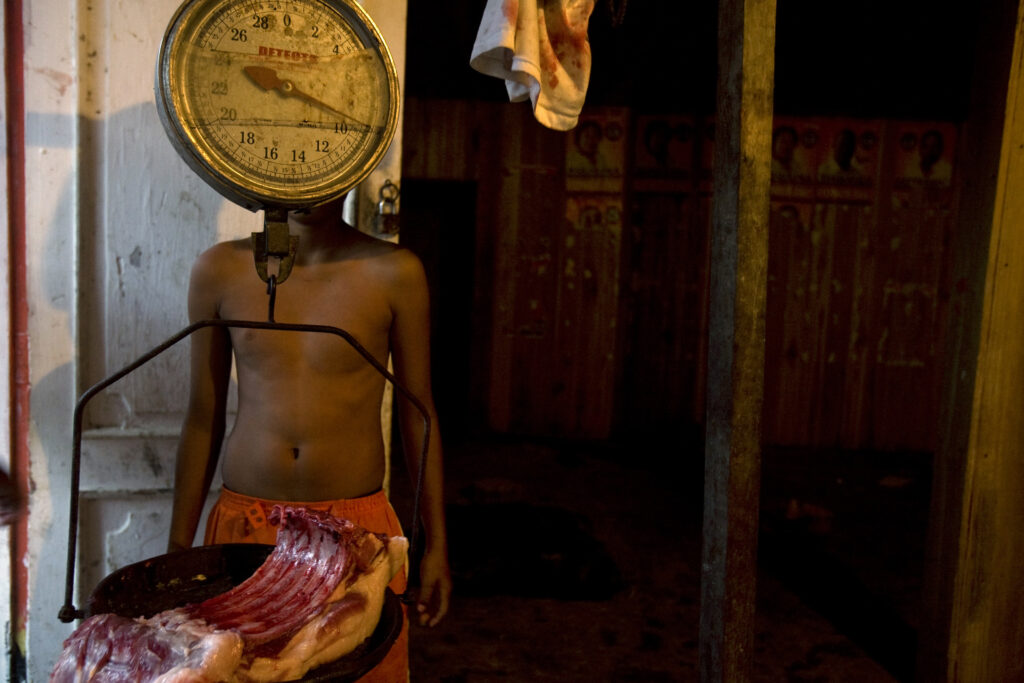
Some very impactful photos showing intensive agriculture were taken by photographer George Steinmetz for his projects: Feeding-9-billion, 21st-century-agriculture and Europes-food-revolution. Worth looking!
Also, to understand our current food system better, have a look at the YouTube video created by Denis van Waerebeke (available in English with subtitles in many languages) which explains the global players, dynamics, problems and inequalities affecting food production and what can we do to be part of the solution. Worth watching!
The simplification of diets, the decline in consumption of local nutritional food and the little time/interest we invest in our food (cultivation, selection, preparation) are related to the increase incidence of chronic diseases (nutritionally-poor and energy-rich).
Poor dietary habits and unhealthy diets are the cause of many nutrition problems today!
Interestingly, before all the scientific and nutritional awareness about food (mostly on individual nutrients), culture mediated the relationship between people and nature, and therefore, people’s relationship with food as well. Industry, wanting to sell more, has undermined the authority of traditional ways of nourishment, impacting how we eat and causing serious harm to human health.
Food as a Public Health Problem
Today, 815 million people are undernourished7 while 1.9 billion are overweight, and from this 650 million obese.8 About half the global population is inadequately nourished (hunger, micronutrient deficiencies and overweight/obesity).9
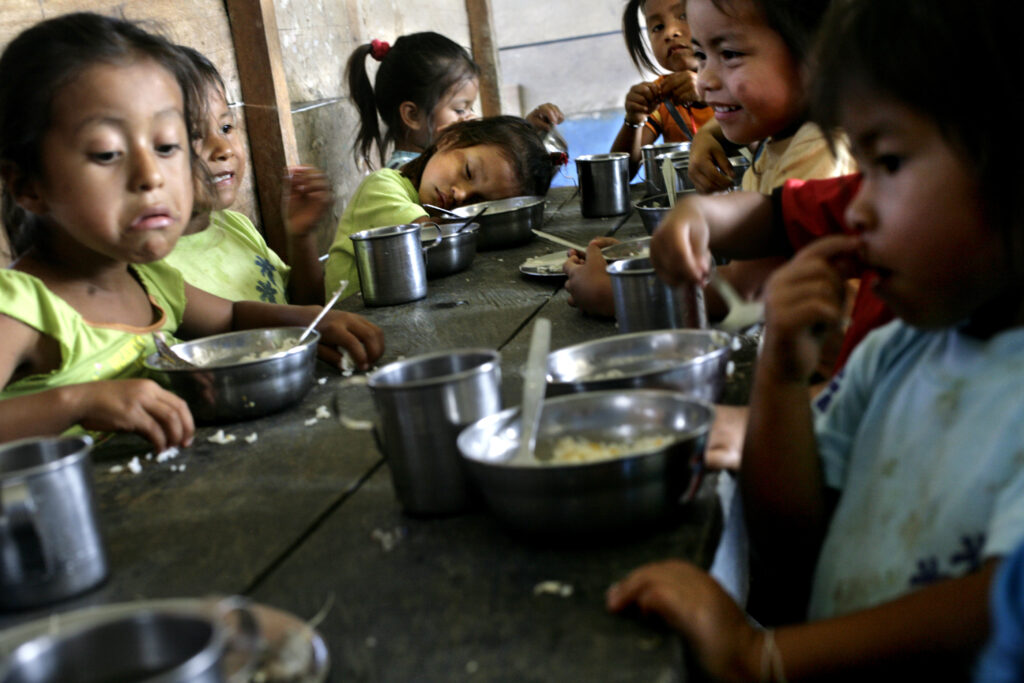
If we think about it, these pandemic nutrition problems are a direct consequence of food waste (link to post 3). Not only does our current food system waste 1.3 billion tonnes per year10, but we waste food when we eat more that we need.
To waste food means not consuming it and overconsumption!
But let’s think about for a minute, our current food system seems to be designed to waste, we need to change this! We need to produce respecting our planet (including technological advancements) and the people working to preserve it (e.g. agroecological farmers, sustainable fishers). It sounds reasonable, don’t you think?
Changes might not be done in the twinkling of an eye, but if we start at home (paying attention to what we buy, from who we buy, at what price, buying seasonally, locally and only what we are going to eat and support the work of farmers producing taking care of the ecosystem (at home or abroad) and politicians willing to take actions in their favor) and talk about it, soon we will be more until we become the majority. Then, the industry that wants to sell will sell what we want.
Things can change if we really want them to change. We, as individuals, can make the difference, we are already doing it!
But to change, we need to get informed and understand how things work and what is good for our health which is not disconnected from what is good for our society and our planet.
Healthy Diets
A healthy diet is a diet that must satisfy energy needs (proteins, fats, carbohydrates) and essential nutrients (vitamins and minerals) through food, to attain and maintain optimal health and physiological function.11
Importantly, our bodies need energy (energy requirement) for a series of functions that are essential for life or basal metabolism (e.g. heart beating, respiration, brain activity, cell function and replacement; synthesis, secretion and metabolism of enzymes and hormones, or everything that our smart bodies do on their own), to process food and to perform physical activity. Additionally, at some stages of our lives we need more energy, to allow growth and development during childhood, deposition of tissue during pregnancy and the secretion of milk during lactation.11
So, every day and depending on our body needs (age, gender, body size, body composition, metabolism and physical activity), we need to achieve an energy balance. This happens when the dietary energy intake (what we eat) is equal to the total energy expenditure (what the body consumes).11
Malnutrition occurs when, at long term, the energy balance is not reached (either too much or too little) and/or there is a deficiency of nutrients.
Sources of energy
Fats and carbohydrates are the main sources of dietary energy, though proteins also provide important amounts of energy, especially when total dietary energy intake is limited.11
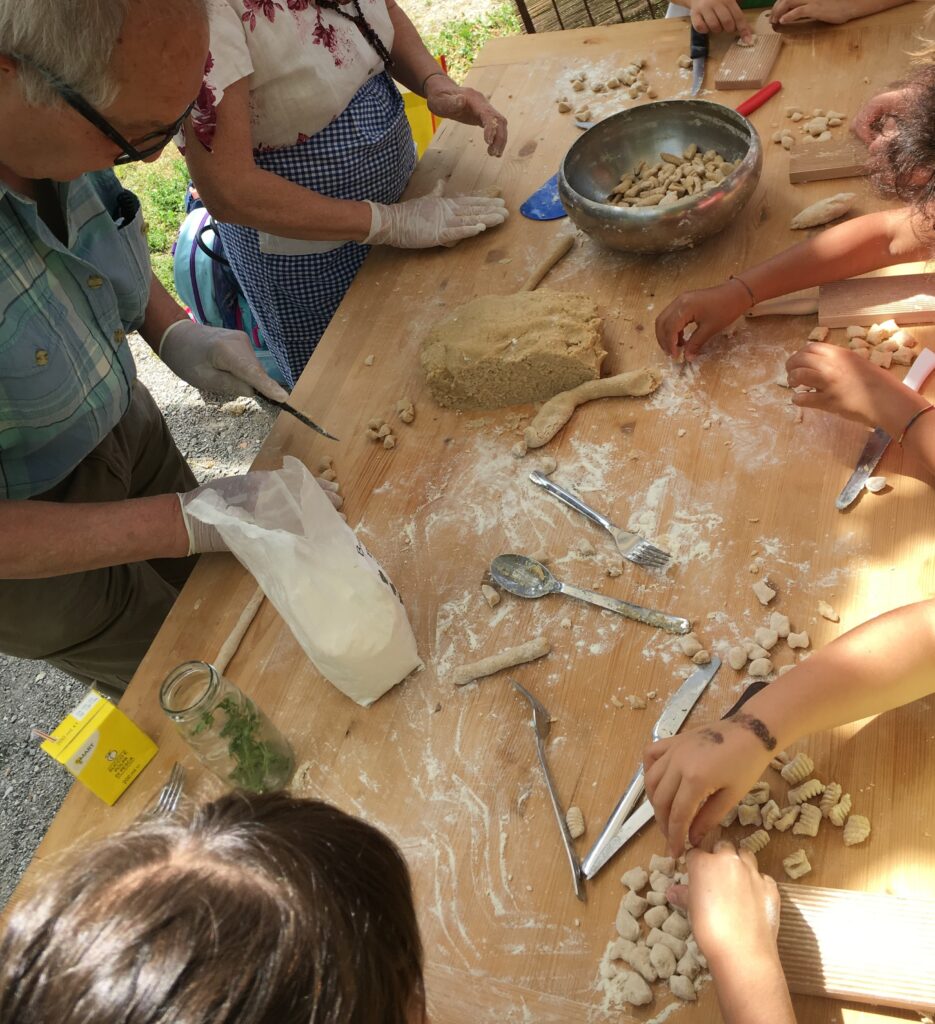
Current energy recommendations for a healthy diet suggest a distribution of proteins, fats, and carbohydrates are in the range of 15, 29 and 55 percent daily (conversion factor of 4, 9 and 4 kilocalories per gram (kcal/g) for proteins, fats and carbohydrates).12 Meaning that, if an adult consumes 2000 kcal/day as commonly recommended, the energy intake should be divided in 300 kcal coming from proteins, 580 kcal from fats and 1100 kcal from carbohydrates (or 75 g, 64 g and 275 g) daily.
Additionally, dietary fiber (ca. 2% daily requirement)12 is very important for a healthy diet as it interacts with the gut’s microbiome maintaining or improving the microbiota. In recent years, the awareness about the importance of human microbiota (microorganism within our body) has increased. We will talk more about this topic. Stay tuned!
We need quality and diverse food that provides energy, vitamins and minerals needed to live in a healthy way!
It’s worth noting that the values recommended for daily energy requirements are used as a matter of convention and convenience as they represent an average of energy needs over certain period of time and that there is a large inter-individual variation.11 So, if we considering the average energy value for everybody (e.g. 2000 kcal), some people could be eating either too much or too little.
It is possible to calculate individual energy requirements12, soon we will perform an exercise to share it with you, don’t miss it!
The Best Diet
There is misunderstanding about the exact components of a healthy diet, and many diets considered to be healthy.
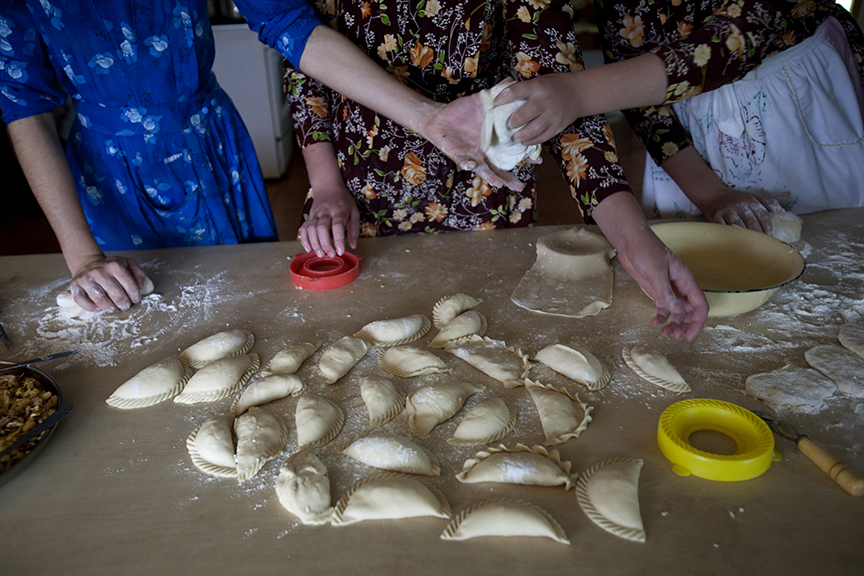
The confusion is probably because the scientific information available is misleading. Many studies have been based only on individual nutrient (e.g. fats, carbohydrates), others have been sponsored by companies which comprises the accuracy of the conclusions, and a lot of knowledge has been spread without really understanding the long-term benefits.
To clarify these misunderstandings, it would help if scientific studies would focus on nutrients in the context of food, food in the context of diet and diet in the context of lifestyle.
Common sense about diet is not common yet!
Luckily, it seems like most recognized diets have a lot in common. This is the outcome of the True Health Initiative, a global community with more than 400 world-renowned health experts. The initiative evaluates scientific information and spread fundamental evidence and consensus-based truths about lifestyle as medicine.
What do most recognized diets recommend?
…“Eat food (true food). Not too much. Mostly plants”… And drink mostly water with it!13
In essence, most diets recommend meals rich in vegetables, fruits, beans, lentils, nuts, whole grains, seeds with or without other elements such as dairy, eggs, meat (consumed in small portions), and prevailing quality over quantity.
Seems easy, right? But, what is true food?
True food refers to food that grows in nature (fruits, vegetable, grains, seeds, nuts, etc.), minimally processed (traditionally or innovatively transformed/conserved (e.g. bread, cheese, yogurt or under vacuum); the less additives the better and even better if they are all natural), sustainable (produced on healthy soil using clean water, respecting the environment and conserving biodiversity), and ethically produced (towards humans and animals).
The production of true food treats the environment, plants, animals and people with respect avoiding intensification (that requires the use of chemical fertilizers, pesticides and antibiotics) and exploitation.
However, this is not the way most food is produced. The cost of this food is cheap for the consumer but comes at a very high price for the farmers and the environment. It destroys our society, our planet and our health because at the end, it is all connected!
If we care about consuming true food, we support not only a healthy way of eating but we also build a community that shares values of respect towards nature and humans beings.
In post 2 we talked about food as a good and the environmental connotation of its production. But, food is much more, once it is prepared and placed in the table, it connects us, brings emotion and joy to our life and at the same time it nourishes us!
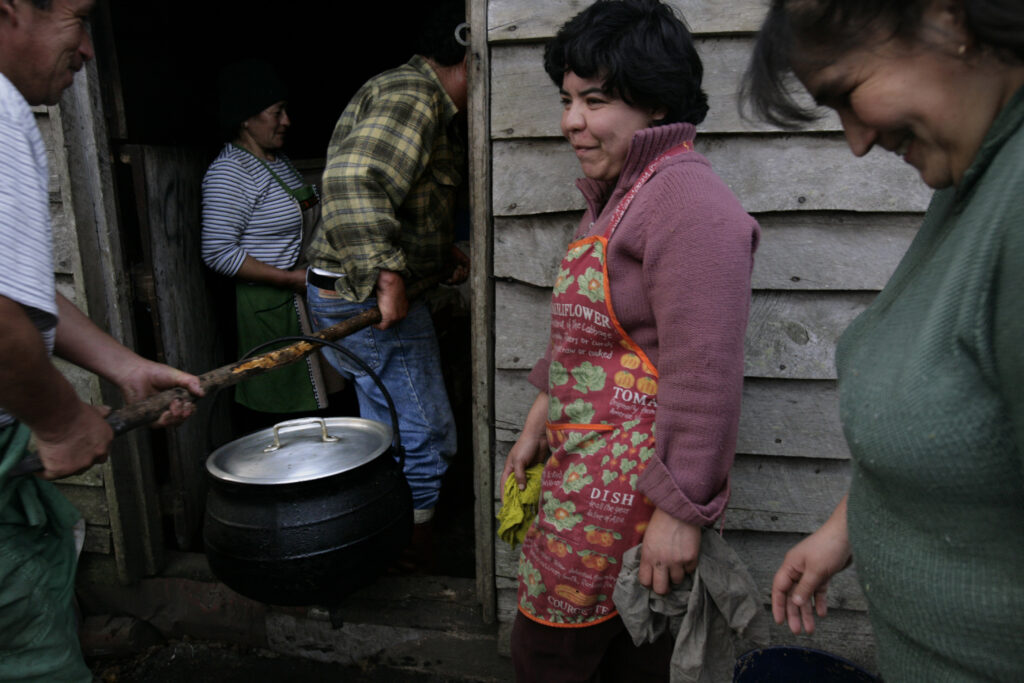
Food is meant to be enjoyed! Pleasure is good for our health. If we think about it, people having fun tend to be healthier.
Lifestyle as Medicine
Nowadays, there is a general consensus that health needs to be approach in a holistic way – meaning that food is very important for health but not less important than physical activity, sleep, happiness, low levels of stress and good social interactions. Lifestyle as medicine is not only important for disease prevention but also improves the outcome of many illnesses.
On this regard and remarking on the importance of healthy diets have a look to the YouTube video What is the best diet? with Dr. Mike Evans from the Reframe Health Lab. Many nice videos on his website that are really worth watching!
Conclusions
Many factors influence our health – and a very important one is what we eat.
It is important to eat in a sustainable manner, prevailing quality over quantity, thinking of our health and our planet, respecting all living beings, and safeguarding local food traditions and biodiversity!!
Let’s remember that changes in the food system can come either from above (e.g. politics-related work, activism) or from below (e.g. food demand, health literacy, label reading ability).
The industry produces what the consumer wants! So, we, the consumers, are able to change things if we really want!
We can start caring about what we eat in an active way. Let’s prepare our own food. Let’s start cooking!!
By M. S. Gachet
REFERENCES:
1 WHO. Healthy diet.
2 FAO, 2016. Plates, pyramids, planet.
3 EAT-Lancet Commission, 2019. Food, Planet, Health. Healthy Diets From Sustainable Food Systems.
4 FAO. Biodiversity and Nutrition a common path.
5 PNAS, 2018. Nar-On, Y.M., et al. The biomass distribution on Earth.
6 Biodiversity International, 2018. Meldrum, G. et al. Issues and Prospects for the Sustainable Use and Conservation of Cultivated Vegetable Diversity for More Nutrition-Sensitive Agriculture.
7 UN. Nutrition.
8 FAO. Obesity and Overweight.
9 FAO, 2019. The State of Food Security and Nutrition in the World.
10 FAO, 2013. Food Wastage Footprint. Impact on Natural Resources.
11 FAO/WHO/UNU, 2001. Human energy requirements. Report of a Joint FAO/WHO/UNU Expert Consultation.
12 FAO, 2003. FAO Food and Nutrition Paper 77: Food energy – methods of analysis and conversion factors. Chapter 3: Calculation of the Energy Content of Foods – Energy Conversion Factors.
13 Pollan, M. New York Times. January 28, 2007. Unhappy Meals.

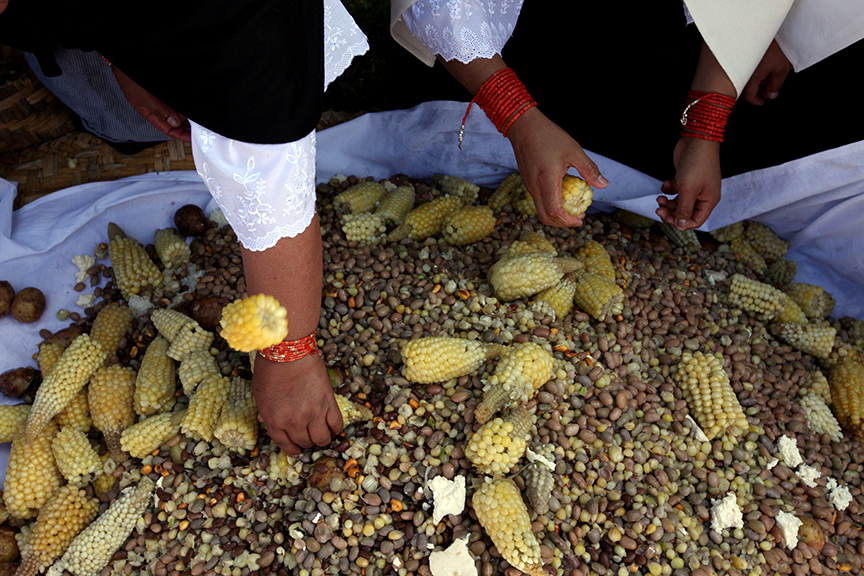
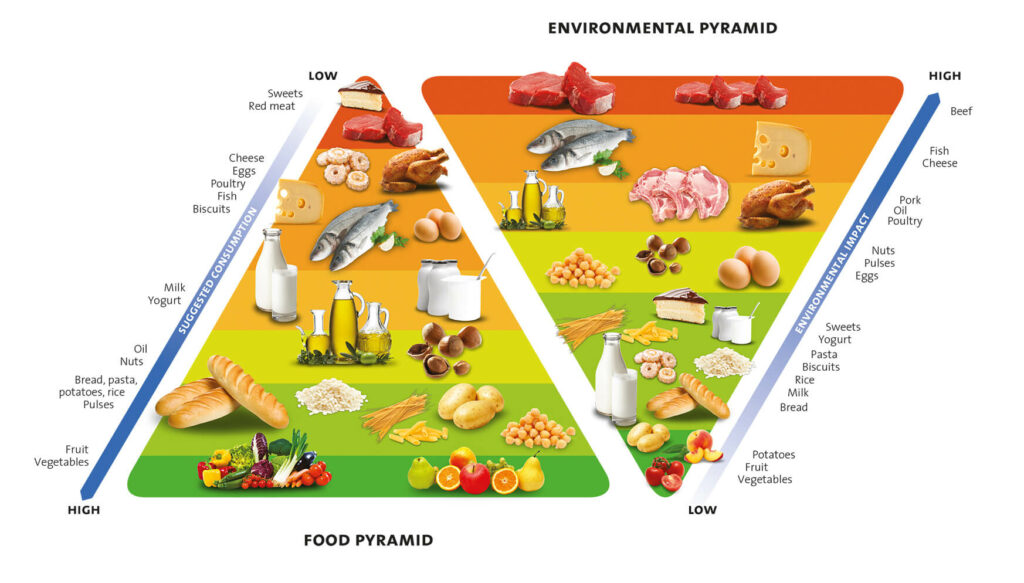
Like!! Really appreciate you sharing this blog post.Really thank you! Keep writing.
Well I sincerely liked studying it. This article offered by you is very useful for correct planning.
Hello, if you are interested in receiving our latest publications we invite you to subscribe to our newsletter (white envelope followed by the word SUBSCRIBE in the upper right corner of our website) 🙂
I have really learned newer and more effective things from a blog post. One more thing to I have discovered is that normally, FSBO sellers may reject you. Remember, they’d prefer to never use your solutions. But if you actually maintain a gradual, professional connection, offering aid and being in contact for four to five weeks, you will usually manage to win a discussion. From there, a house listing follows. Thanks
Hello, if you are interested in receiving our latest publications we invite you to subscribe to our newsletter (white envelope followed by the word SUBSCRIBE in the upper right corner of our website) 🙂